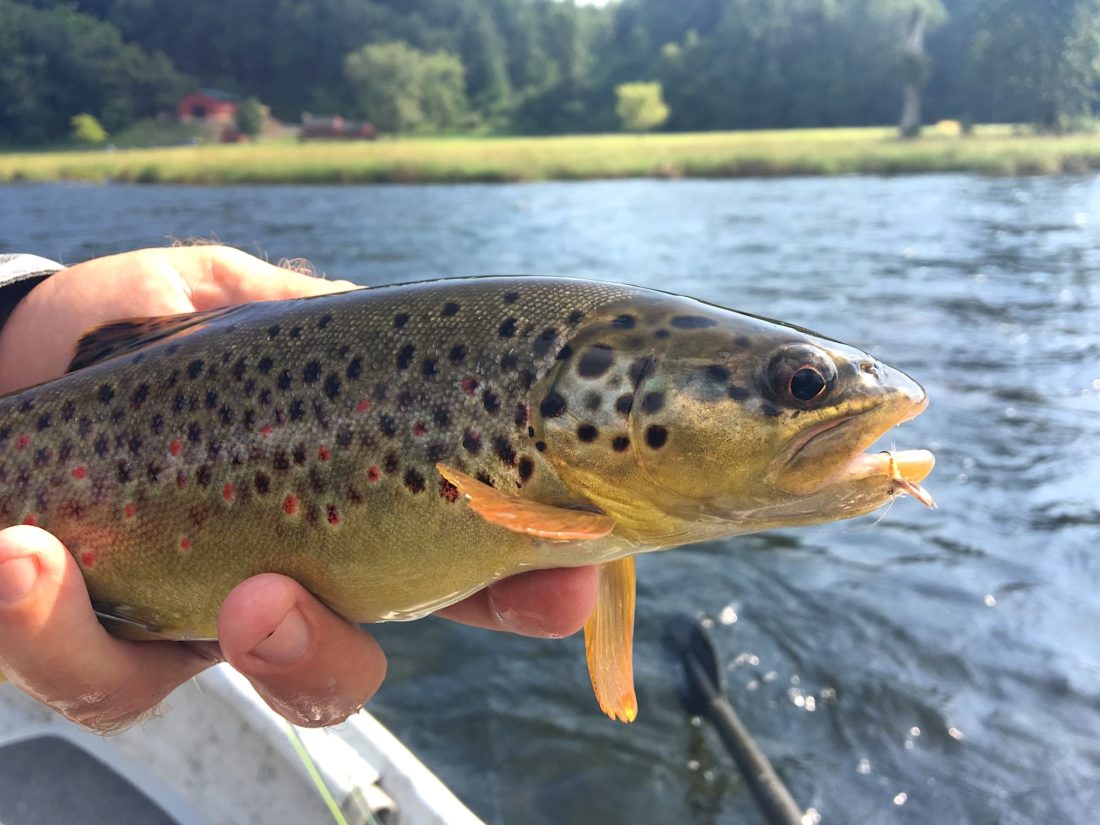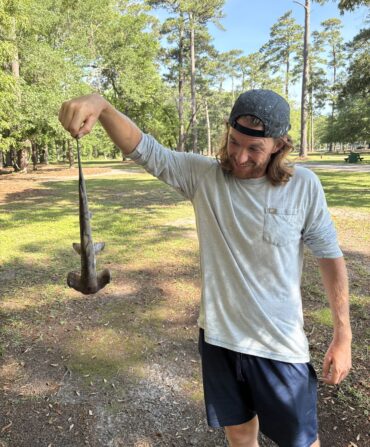We’re just past those breathless few weeks of early spring trout fishing, when figuring out insect hatches can be as confounding as threading a dry-dropper rig under a tangle of rhododendron. Things get a little simpler over the next few months, before late summer’s heat really puts the kibosh on stream hatches, but you still need to show up on the trout stream well-armed. Here are three go-to choices for Southern trout flies as spring rolls into full-blown summer. And you might notice something about these options—yellow is often a primary color in the fly. An old fly tier near North Carolina’s Grandfather Mountain once gave me sage advice when I asked him which flies to start my day with. “It don’t matter much,” he said, “as long as it’s yaller.”
Sulphur

The mayflies Ephemerella invaria and the smaller E. dorothea have names as lovely as those of any bug on the planet. And while the thought of these so-called “sulphurs” boiling over a trout stream brings a smile to many, they’re just as likely to cause a groan or two. Fishing during a sulphur hatch can be mind-bogglingly good, or, when the fish have too many choices, it can be an exercise in mental anguish.
Sulphurs will appear on many Southern trout waters—sporadically on many streams, more predictably on others, most often on sunny days. The summer hatch on East Tennessee’s South Holston River can be particularly epic. I once fished a stretch of ledge pour-over and ripple where trout rose 360 degrees around us, slurping sulphurs as fast as they could get them. We didn’t move the boat for an hour and a half, and for an hour and a half there were never fewer than a half-dozen rising trout in range.
There’s an entire family of flies that have been devised to mimic sulphurs in their various life stages: nymph, dun (the emergent winged fly that floats on the water as its wings dry), and spinner (the post-breeding bug that falls to the water, its brief life spent). Pale Morning Duns and Pale Evening Duns mimic the intermediary life stages of the bug, and Light Cahills and Light Hendricksons will work as well. To hone your sulphur approach, watch for fish flashing below the surface as they shark emerging sulphurs, and get a #14 Emerger tied on quick. As daylight falls, watch for spinners drifting to the surface, and more aggressive trout boils. Time to try an aptly named Sulphur Spinner and fish as late as you dare.
Caddis
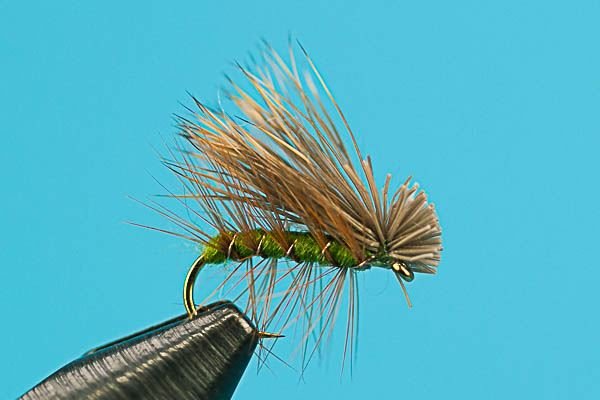
Caddis flies don’t elicit the fervor of many of the mayfly species. Maybe it’s a case of being too familiar. Taxonomists put the number of species in North America at well over a thousand, in twenty different families. Most of the common caddis flies in the South live, literally, under rocks, at least for part of their life cycle. As larvae, these insects build tiny tubes of sand grains and bits of wood, metamorphosing in their underwater chrysalis. When they emerge, they don’t look like anything special, unlike a diaphanous mayfly with its segmented wings like a stained-glass window. They lack tails, have long antennae, and fold their wings over the body, like a tent. They look almost moth-like. But what they lack in a bit of respect they make up for in fish-catching ability. These bugs are like potato chips. Once the trout get started on caddis flies, they can’t seem to eat just one.
The good news for trout anglers is that you don’t have to know which of the many species you’re looking at to match it with a good fly. You can easily spot these bugs flying over the stream, and match the color and size and be done with it. The most common fly used to match a caddis hatch is the Elk Hair Caddis, which is a first-fly-of-the-day go-to for many anglers. They come in various shades of yellow, cream, gray, and black. I’ve fished them all, but I’m often partial to an Elk Hair Caddis tied with a green body. I’m only partial to it because the trout seem to be.
The Elk Hair Caddis is a high-floating fly, best when fished along the current seams of rollicking riffles and broken, turbulent water. As with all flies, a drag-free cast is best. But caddis flies are pretty active on the surface before their wings are dry enough for flight. They’ll twitch and skip, which draws the attention of feeding fish. If trout are crashing caddis flies in splashy boils, try “skating” a caddis by dragging it intentionally on the surface. It might be just the right kind of potato chip.
Adams Variant
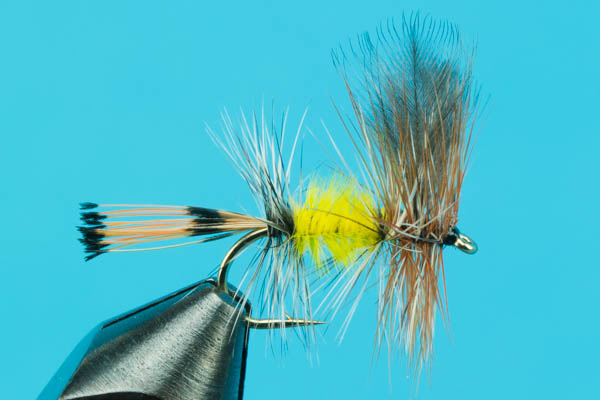
The Adams Variant dry fly is not designed to mimic a specific insect, but instead relies on an alchemy-like approach—a little bit of this, a little bit of that. Wing of brown drake, maybe, body color of midge, tail of who-knows-what. It’s a mashup that might kinda-sorta look like a caddis, or a mayfly, or a darkish sulphur, but what it really looks like is something yummy to a trout, because the Adams Variant is a top-shelf fish catcher. Brook trout especially seem to harbor a sharp taste for this fly. When you don’t really know what to throw, cast this. Be ready.
Some say the Adams Variant is a bit too bulky and a smidge too Frankenstein-ish to fish in clear water for picky trout. Maybe. But the addition of a rear hackle helps this fly float high and dry, a godsend for anglers who have trouble seeing flies in low-light condition. (I’ve heard of such people.) The extra buoyancy and yellow waist are just the ticket when you want to stay on the water for your forty-third “last cast.”
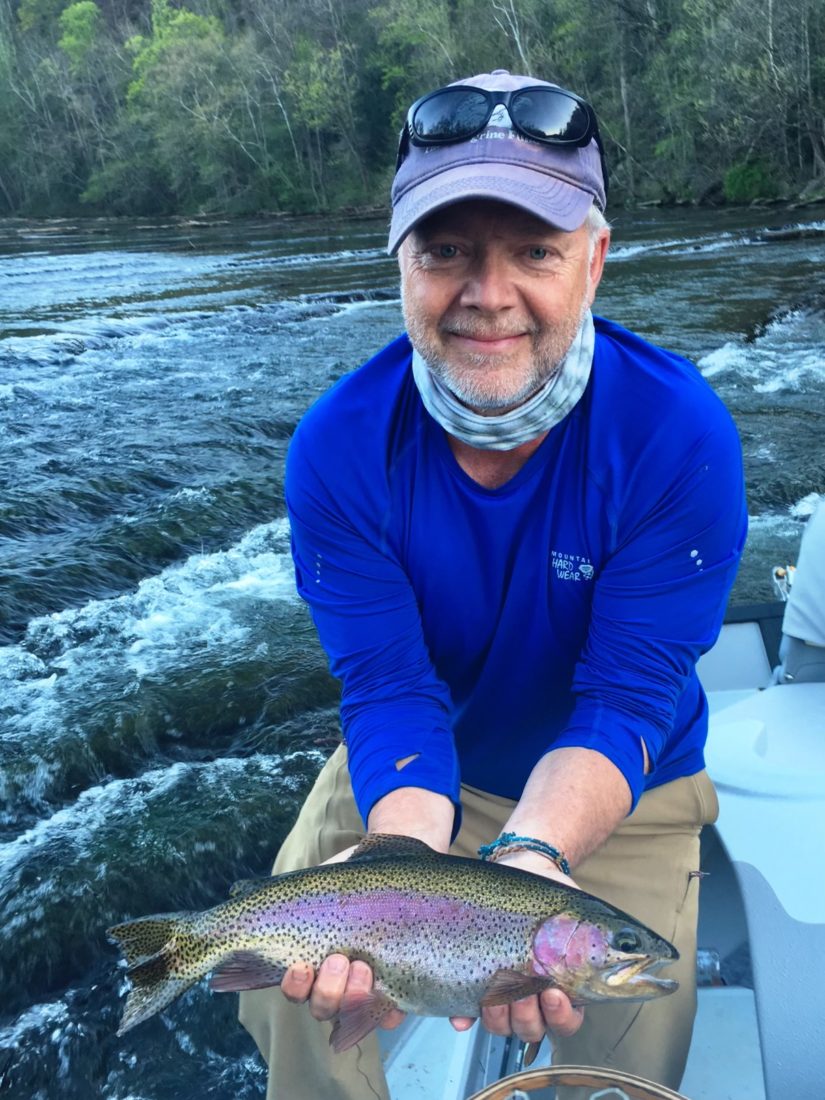
Fly photos courtesy of Big Y Fly Co.
Follow T. Edward Nickens on Instagram @enickens.


